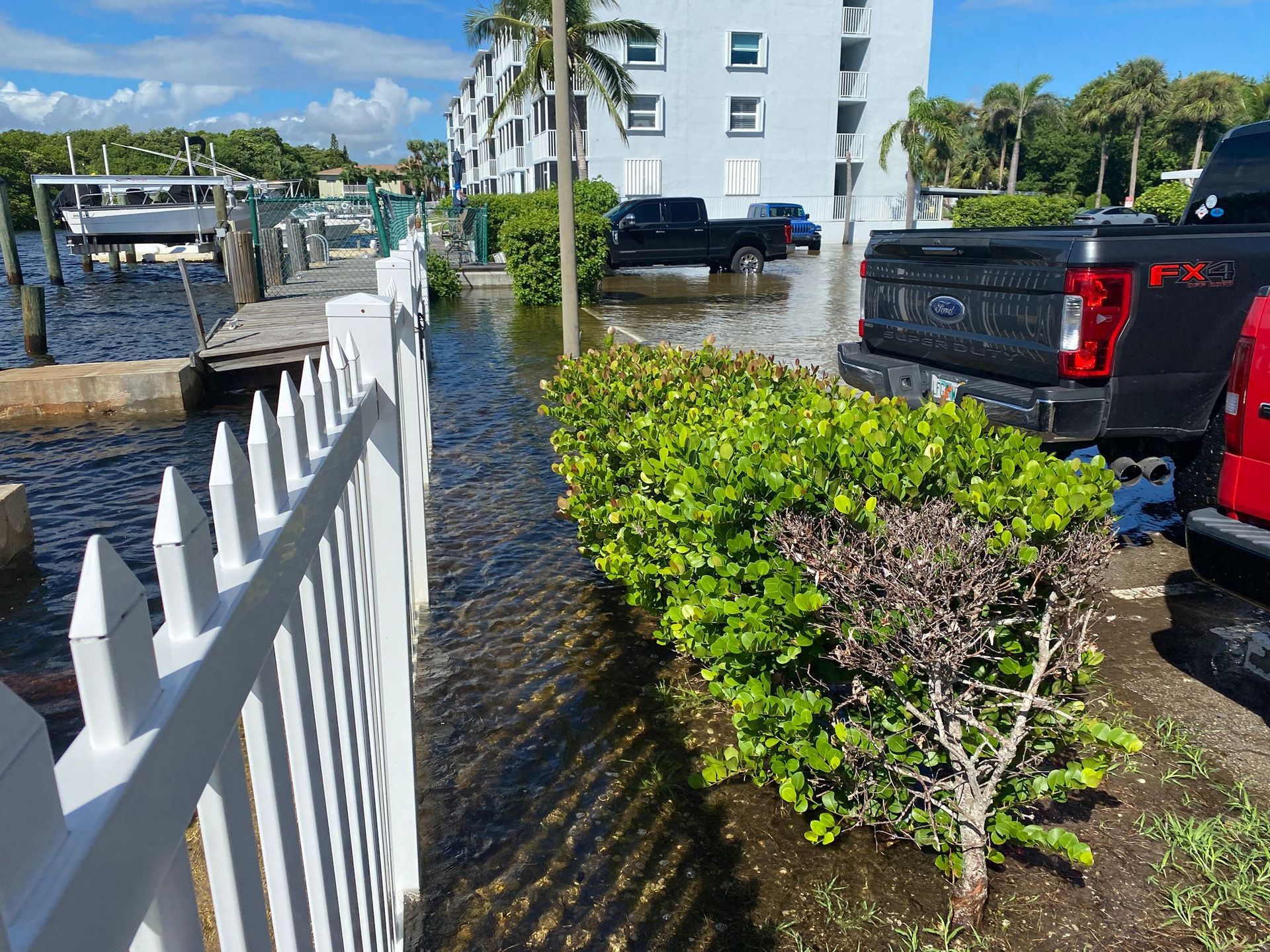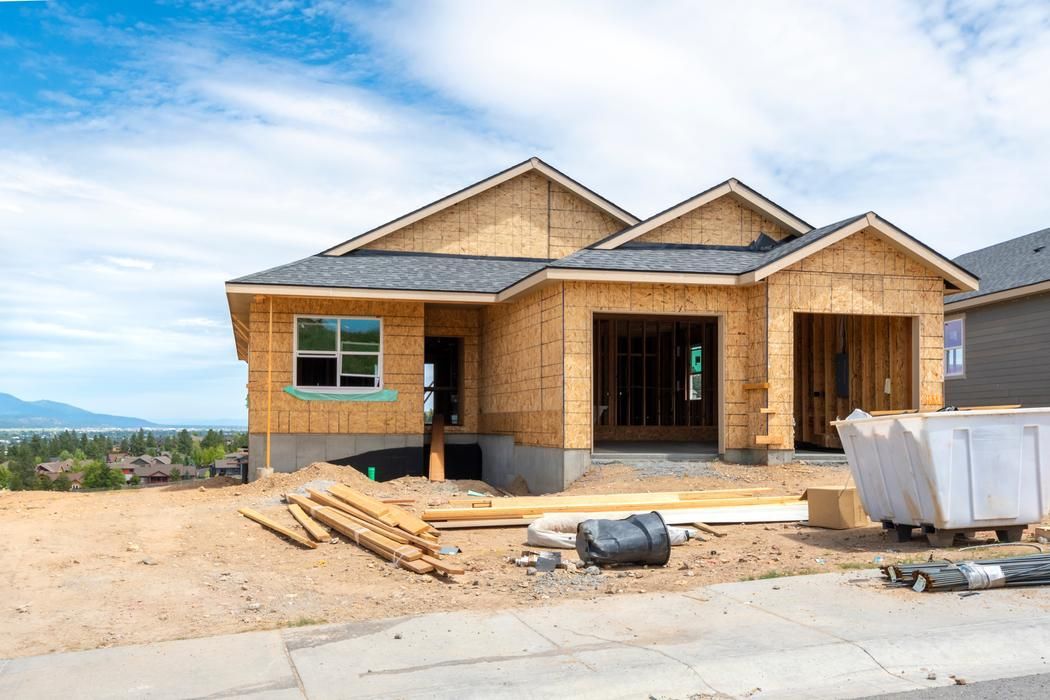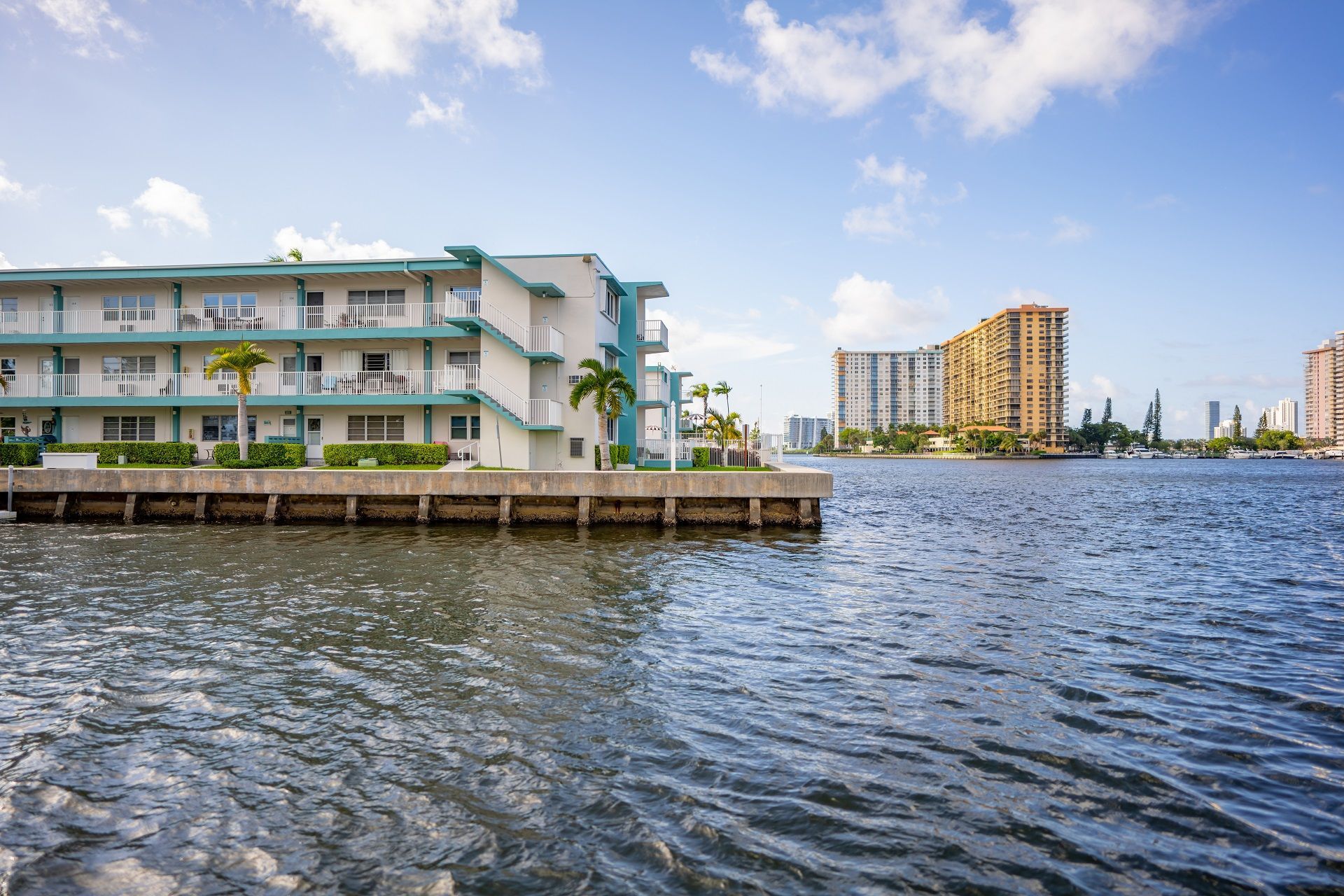How To Conduct A Loading Dock Inspection
Many industrial, manufacturing, and even office spaces have a loading dock that is used to accept deliveries. Furthermore, large industrial complexes may have even several of these docks strewn around the premises.
While it’s true that you should have a professional commercial inspector conduct a loading dock inspection annually, it doesn’t hurt to perform your own safety checkup more often to minimize risks and eliminate the chances of accidents.
Today, we’ll go over some basic information and provide you with a checklist you can use to assess the condition of your dock by yourself.
Types Of Loading Docks
There are different variations here. For instance, some are raised platforms to the height of a truck, which simplifies loading. There is also the depressed dock, which is significantly lower than the floor, thus enabling trucks to back into it downward.
Lastly, a common type of loading dock is the raised dock, which is a simple ramp that can be used to bring a load to the door. This one requires an unloading vehicle since the ramp is usually higher than the floor.
Loading Dock Inspection Checklist
During a loading dock inspection, it’s necessary to inspect common features, such as:
- Bumpers and bollards
Since a truck or a trailer could collide with a building, it’s necessary to use a bumper or a bollard to protect the dock and the building from direct impact. In addition, these vertical posts are placed at the corners and other impact points to help drivers determine when to stop.
During a loading dock inspection, it’s necessary to check if bollards are loose and whether their surface has worn out.
- Dock levelers
Since not all trailers are the same height and the height of the building is static, many docks use what’s called a dock leveler to make up for the height differences. This device uses hydraulic pumps, springs, or compressed air to move the plates in and out or down and up.
Levelers require a lot of attention because they regularly have to support extremely heavy loads. Despite the fact they are built from heavy materials, they can still wear out. Take a look at the metal plates and check if they’re bent, corroded, or show other signs of damage.
Inspect the moving parts for excessive dirt or oil, and if your leveler is hydraulic, check if the hydraulic fluid is leaking.
- Dock seals and shelters
A truck or a trailer might need to get sealed in case the building is refrigerated. This is where a dock seal comes in. It provides a cushion for the rear end of the trailer trucks backing into the building, protecting both the building and the trailer.
If you have these, you have to scan the overhead and the curtains for signs of deterioration. Check if the seal or shelter retracts, which shows you the mechanism is in working order. It’s not uncommon for misaligned trailers to damage the shelter, which is why you should also inspect the frame for any warps.
- Truck restraints
Unannounced truck departure could be dangerous. Because of this, many docks have a truck restraint system that disallows the trailer to separate from the dock until all personnel has been cleared.
During your loading dock inspection, examine if the lever mechanism is damaged and cycle it to confirm whether it’s moving smoothly. Corrosion, as well as oil and dirt, could hinder the operation of the restraint system, so if you spot these, you need to resolve the issue immediately.
In the event you only have simple wheel chocks, perform a visual checkup to confirm if the chocks are working properly.
- Hand railings
Docks can be as high as five feet, which can be a safety concern if no hand railings are in place. Typically, a railing will span the entire length of the dock and have a series of bollards that protect the retaining walls and the railing from impact.
Confirm if there are any loose screws that connect the railing to the concrete, and look at the bollards to see if they are in good condition.
- Drains
Low docks built into the building generally require drains connected to the sewer system or a sump pump. They’re commonly located at the bottom of the dock.
Look for blockages, and if there is any debris such as dirt or leaves blocking the drain, remove it.
- Dock doors
When performing a loading dock inspection, a significant amount of time will be dedicated to the doors. This is due to the fact that many different moving parts can go out of whack or simply wear out.
First, check the alignment of the tracks - the door should move freely. If possible, examine the balance of the door by disconnecting it and raising it halfway up the track. A properly balanced door will still keep its balance, while a misbalanced one will either crash down or open rapidly.
Door rollers also need a lot of attention since they tend to wear out. If any rollers are cracked, you’ll need to replace them, otherwise, they may need just a few drops of lubricant to spin freely.
Panels can also get dented by forklifts or trucks, which can cause misalignment and lead to unnecessary wear and tear. In case you find any dented panels, replace them immediately.
- Dock lights
Lights and other visual safety systems can ensure everyone working on the dock is as safe as possible. Due to their importance, you should regularly check if all lights (including exterior lights, directional lights, overhead lights, stop and go lights) are operational and if some aren’t, change them as soon as possible.
Make Sure Your Loading Dock Is Safe With Certified Inspectors
These are just the basic steps in a regular loading dock inspection. While they’re a good starting point, you will eventually need to have your dock checked by a specialist.
Certified Inspectors is a company specializing in almost every sort of industrial and
commercial inspection there is. We’re certified (hence the name), spent 20 years in this business, and we’ll check every nook and cranny of your loading dock, no matter its style or size.
If you like what you just read,
schedule your annual inspection now by
requesting a proposal.
Disclaimer: The information on this website and blog is for general informational purposes only and is not professional advice. We make no guarantees of accuracy or completeness. We disclaim all liability for errors, omissions, or reliance on this content. Always consult a qualified professional for specific guidance.
Share the post:






